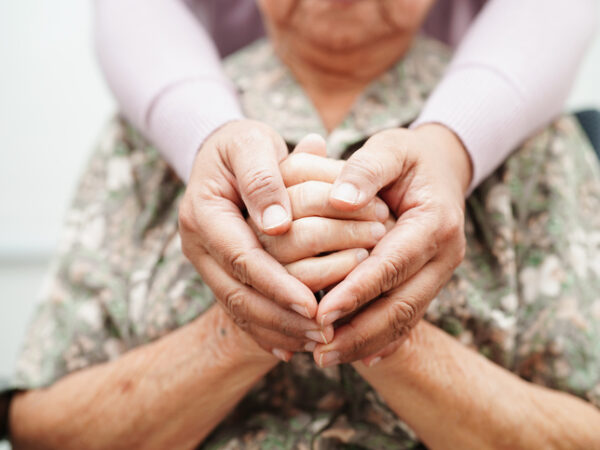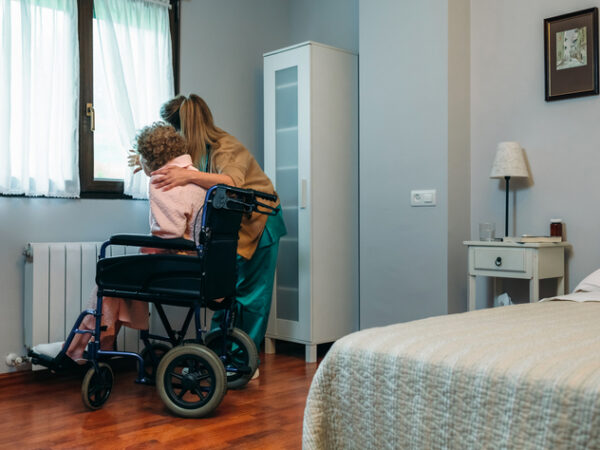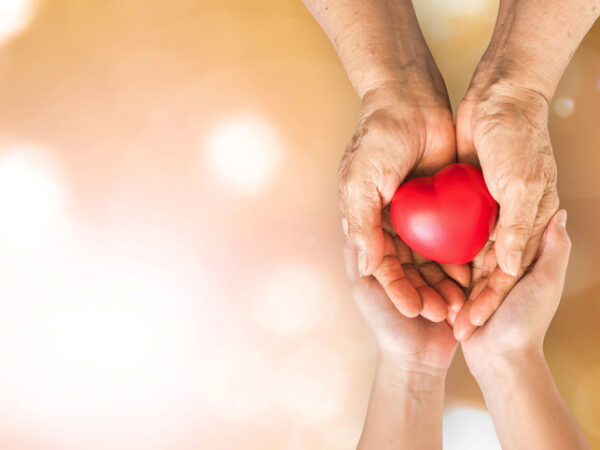Protecting vulnerable seniors from elder abuse starts by learning the signs to watch for, and knowing how to prevent and take action to stop those who are causing harm or distress to an older adult. Frail, elderly adults often need outside help to stand up against abuse; fearing for their physical safety or suffering from emotional, sexual or financial mistreatment or neglect.
Because older adults who suffer abuse are often isolated from others, sadly elder abuse often goes undetected. Elder abuse is a public health and human rights issue that people need to be more aware of, and willing to stand up against to protect our vulnerable seniors. By raising awareness, more people will be able to spot the signs of abuse or neglect and report suspected cases to the proper authorities without fear of reprisal.
According to a recent McMaster Optimal Aging Portal blog post, social isolation and loneliness can make seniors more susceptible to elder abuse. Friends and family can help prevent abuse by encouraging strong social connections and ensuring seniors have access to support systems and can participate in activities that improve their overall well-being. Caregiver support is also an important component of elder abuse prevention. Caregiving can be physically, emotionally and financially draining and often leads to burnout. By helping ensure caregivers have resources for respite care and time for self-care, the mistreatment of seniors can be reduced.
Signs of Elder Abuse
- Senior seems depressed, confused or withdrawn
- Isolation from friends and family
- Has unexplained bruises, burns or scars
- Appears dirty, underfed, dehydrated or overmedicated
- Is not receiving necessary medical care
- Has bed sores
- Noted changes in banking or spending patterns
Source: National Institute on Aging
After talking with the older person, if still concerned, contact your local Adult Protective Services, Long-Term Care Ombudsman, or the police.






Add Your Voice
0 Comments
Join the Discussion